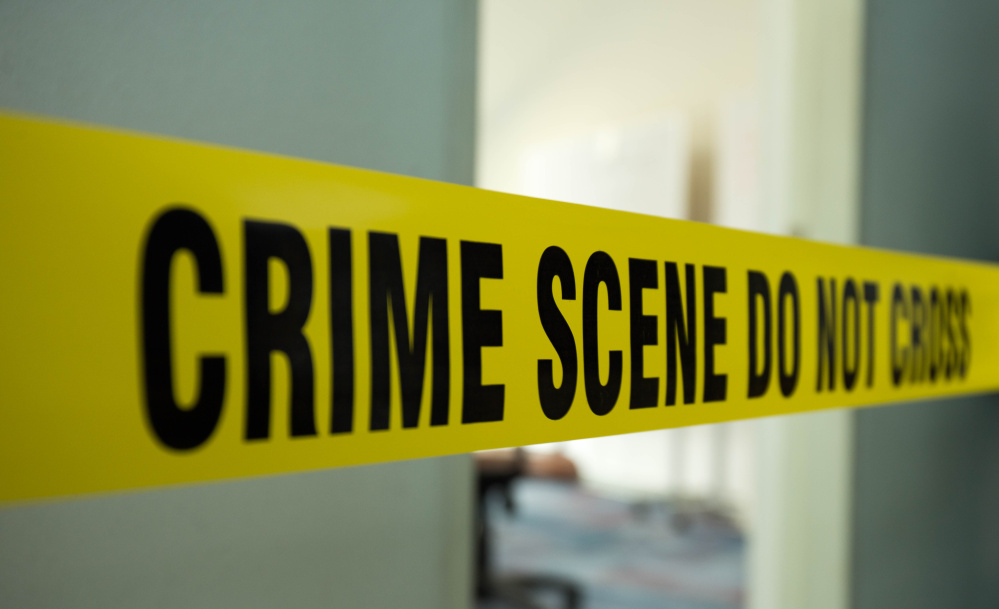Against a backdrop of nationwide angst and intense scrutiny over the use of deadly force by law enforcement, Skowhegan police Chief Don Bolduc praised his officers last week for safely ending an incident when more fatal means would have been “clearly justified.”
Certainly, the incident, in which a man threatened family members and challenged officers to shoot him, could have ended badly, and because the man had a knife, a shooting likely would have passed legal muster.
But holding police-involved shootings to the legal standard has never been the problem, particularly in Maine, where every police shooting dating back at least three decades has been found to meet the legal definition of the justified use of deadly force.
The problem is when mistakes or misunderstandings by police escalate a situation to the point that deadly force is required – legally justified, perhaps, but wholly unnecessary. That’s where change is needed.
GAUGING A THREAT
When someone is mentally ill, suicidal or under the influence of drugs or alcohol, or some combination of the three, they can seem threatening or uncooperative when they have no ill intentions. Trained officers can recognize the difference, and adjust their approach accordingly.
Race can also be a factor in escalation, and training and a strong departmental culture of tolerance can help counter ingrained bias.
There are also matters of police policy that can unnecessarily escalate situations, such as using disproportionate force, issuing contradictory commands or employing SWAT tactics to serve petty warrants.
De-escalation training, particularly in dealing with the mentally ill, is being used more and more in Maine, though there are still many departments and individual officers who lack the right kind of expertise.
MORE DATA NEEDED
Transparency is also on the upswing, though it has little to do with changes in policy. Smartphones are now routinely giving the public another view of police shootings.
Previously, the officers’ side was the only point of view that made it into the public record. Not only does an officer have an incentive to tell the story in a certain way, but moments of extreme stress can alter time and perception in a way that makes a person’s account of a shooting problematic. Officers frequently get wrong key details, such as the amount of time that elapsed during an incident or how many shots were fired.
And until The Washington Post began its exhaustive reporting on police shootings, there was no central point of information on the matter, and where there was information, it came only from police reports.
The collection and contextualization of information related to police shootings needs to improve, so it can be better understood how unnecessary shootings happen, and how they can be prevented.
The point here isn’t to punish good officers. We shouldn’t rush to judge officers who must make snap judgments in life-or-death situations, often based on incomplete information.
And it should be noted that on a daily basis, officers enter dangerous settings and defuse them – just as they did in Skowhegan last week – without the public’s ever knowing.
Still, a police officer taking a life in a justified shooting is among the most consequential state-sponsored acts, and when it happens, we should be sure that it is necessary.
Send questions/comments to the editors.



Comments are no longer available on this story